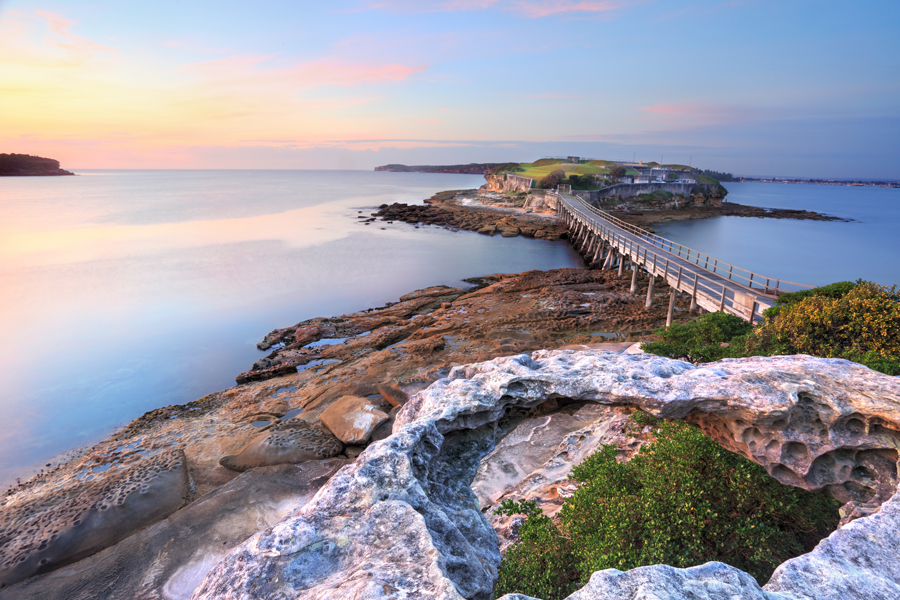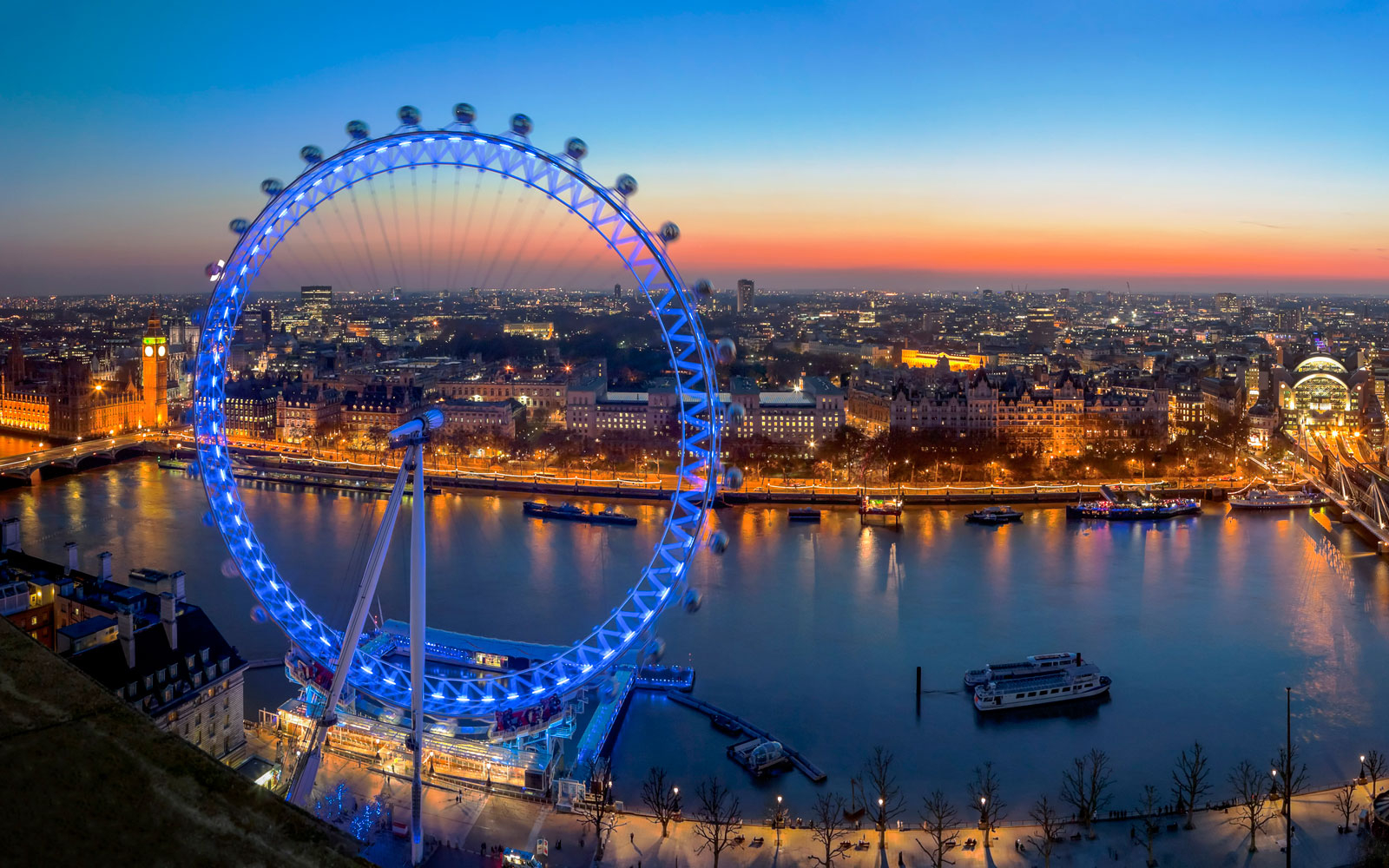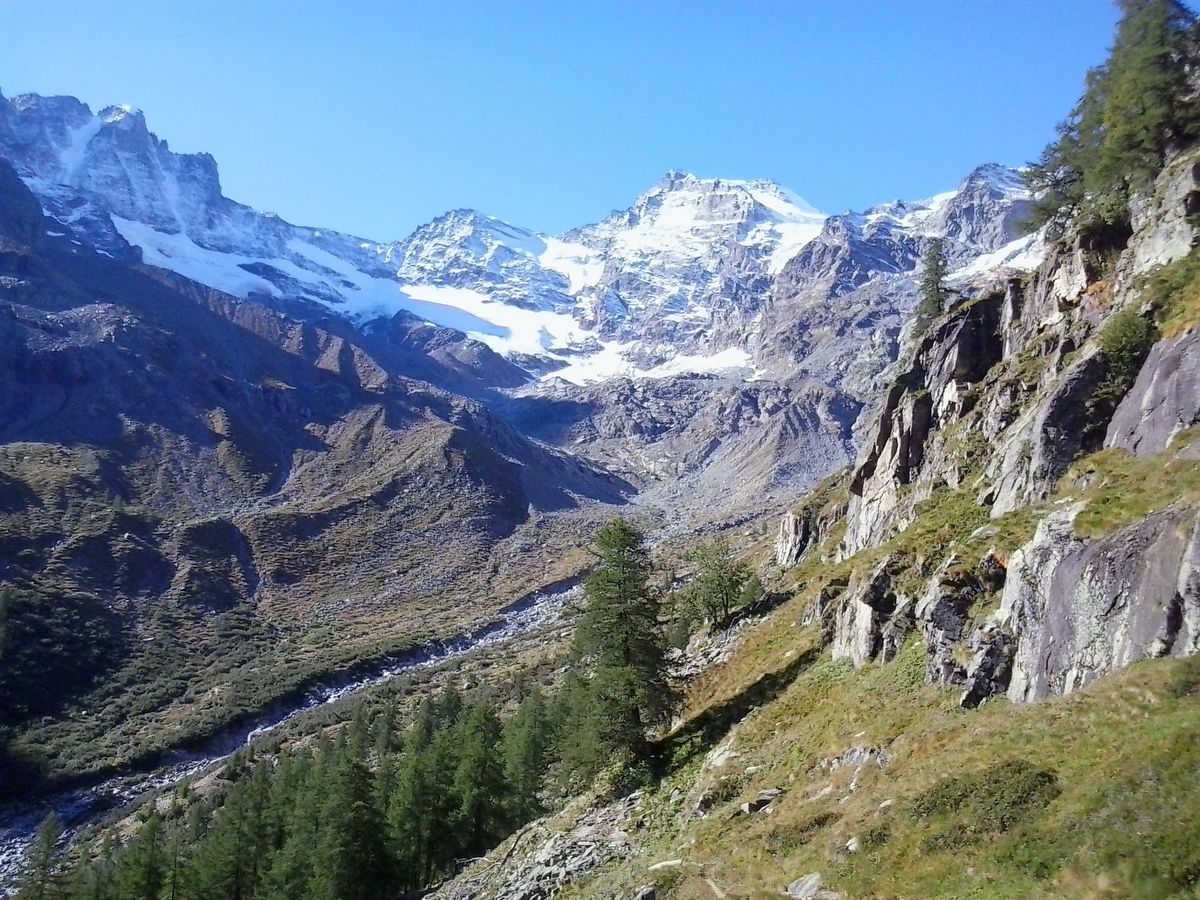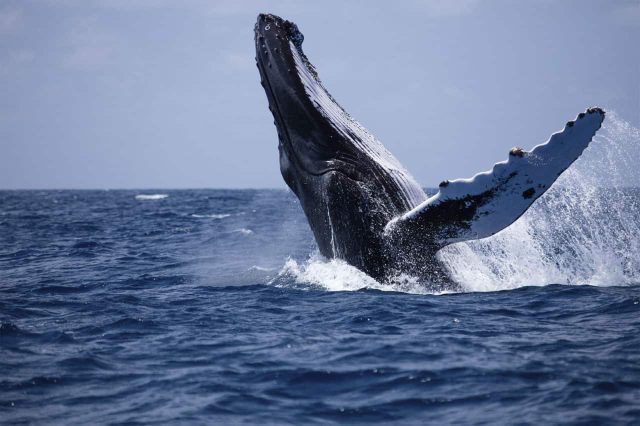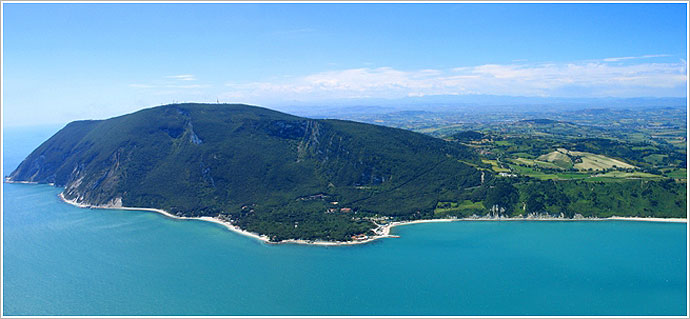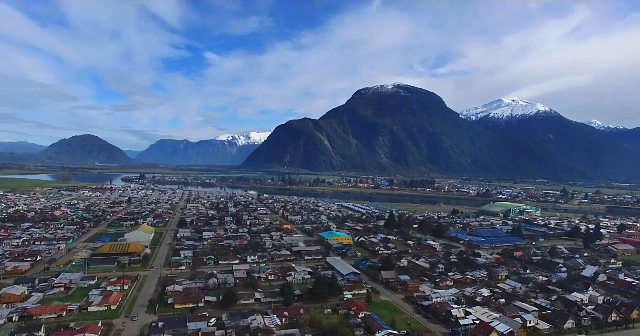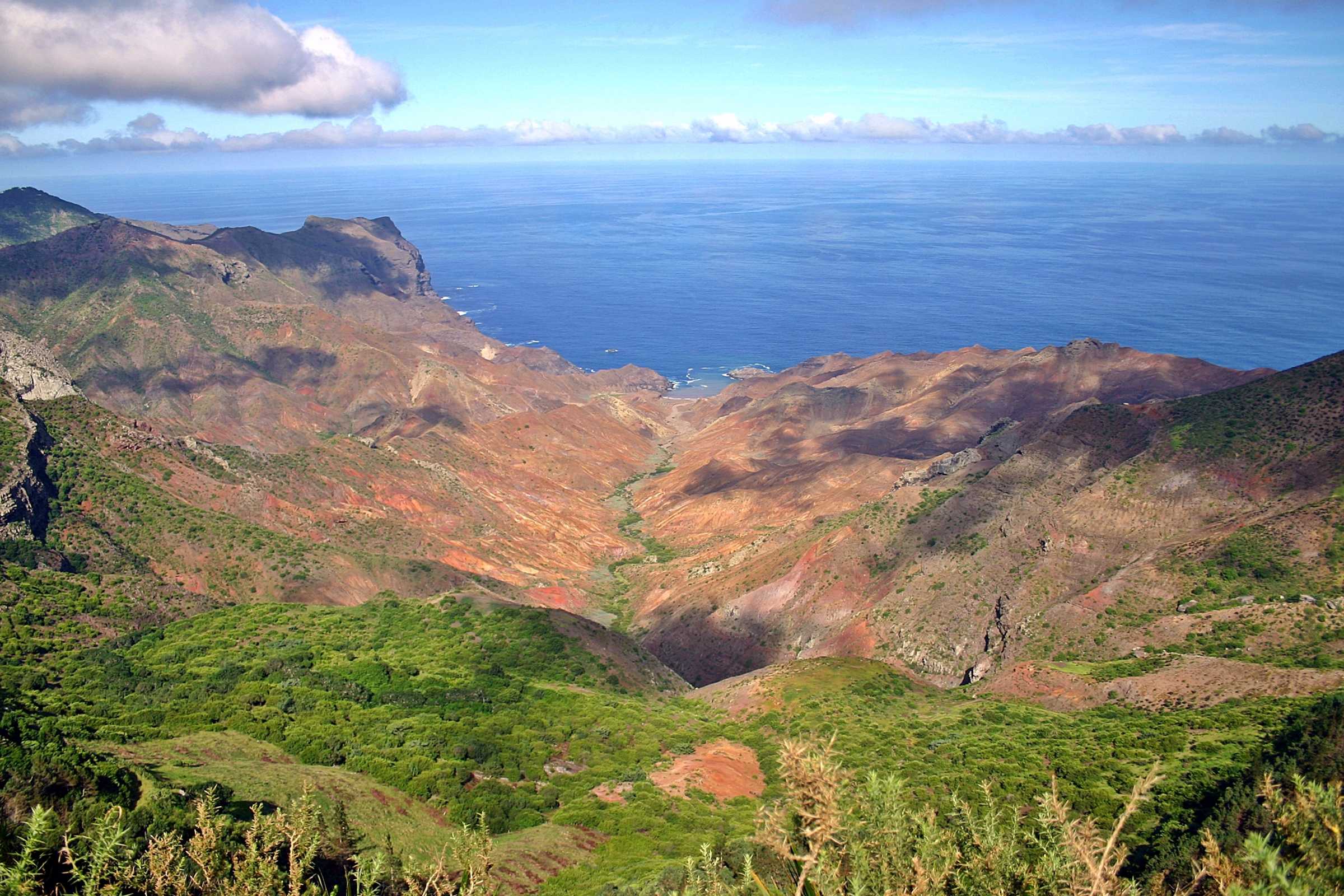The small island just inside the heads was described by Captain James Cook as a small bare island. It was never given a name, and so the notation on Cook as charts stayed as the means of identifaction of this small island at the head of Botany Bay.
Bare Island was part of the traditional land of the Gweagal and Kameygal Aboriginal tribes. The island was fortified in 1885, according to a design by colonial architect, James Barnet (1827 1904), and fitted with heavy guns. In 1912 Bare Island became a retirement home for war veterans, which continued to operate until 1963 when it was handed over to the New South Wales Parks and Wildlife Service for use as a museum and tourist attraction. Bare Island is connected by a footbridge to the suburb of La Perouse. The historic military fort and tunnels can only be visited by guided tour. The waters around the island are popular with scuba divers.
In 1877 it was decided that a fort was to be built on the island. Botany Bay was considered the back door into Sydney, thus making the city vulnerable to a seaborne attack. The construction of a fort on the island would reduce the odds of an attack from this entry point. Plans for the construction of a fort were drawn up by the Colonial Architects Department and tenders in 1880. Government tender for construction was awarded to John McLeod and Co, who also built the Georges Head and Middle Head fortifications. Construction of Bare Island fort was completed in 1885 at a cost of 34,000 pounds. Work inside the fort began in 1889. The Bare Island Fort was designed by Colonel Scratchley, the plans were prepared by Mr Morell, CE and supervised by James Barnet (1827-1904). By 1902 Bare Island was decommissioned and ceased to exist as a military fortification, with only a handful of military personnel manning the fort. In 1912, Bare Island became a retirement home for war veterans from the Crimea, Sudan and China campaigns. It continued to operate as a retirement home until 1963, after this the Randwick District Historical Society became caretakers of the island. In 1967 it was passed onto the New South Wales Parks and Wildlife Service for use as a museum and tourist attraction. The Bare Island fort has now been declared a historic site.
